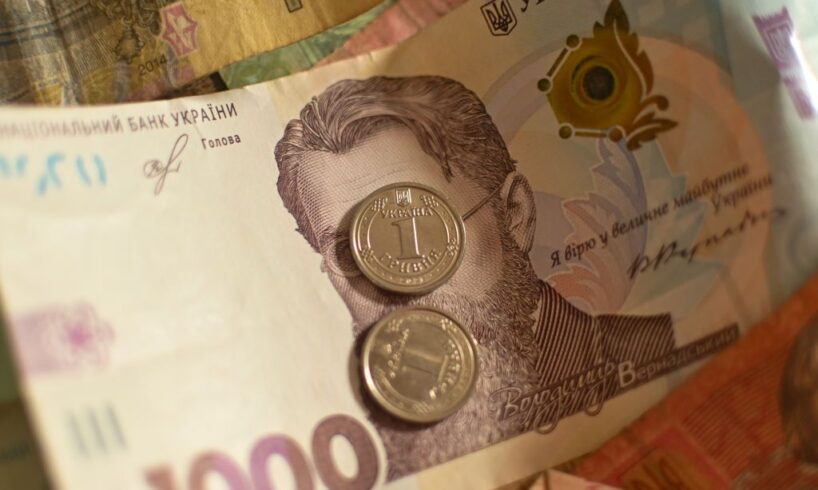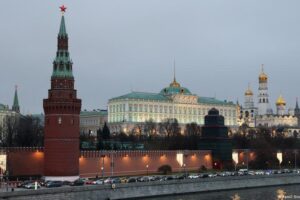
This is an excerpt from the Kyiv Independent business desk’s Ukraine Business Roundup newsletter. To get more news like this directly to your inbox every week, subscribe here.
Last week, a debate ensued over Ukraine’s monetary policy on Facebook, after the National Bank of Ukraine (NBU) held the interest rate at 15.5% for the fifth consecutive meeting, warning that inflation could intensify amid Russian attacks and ongoing budgetary strain.
The normally routine and — to most people — dull exercise of announcing the interest rate was fiercely debated by some of Ukraine’s leading minds in the comments of a critical Facebook post by Vitaliy Vavryshchuk, formerly director of the financial stability department at the central bank until 2021. The current first deputy governor of the central bank, Serhii Nikolaichuk, chimed in under his post.
While unusual to Western audiences, Facebook — which gained popularity in Ukraine after the 2013 EuroMaidan Revolution — serves as a major forum for debate in the country, even among top officials at times.
“This is a case where the NBU’s decisions and communications do not inspire confidence and comfort, but rather cause nervousness and prompt people to look for hidden motives behind such a position,” Vavryshchuk wrote. “It is difficult to call this data-driven monetary policy.”
Scathing. But what exactly does he mean? Vavryshchuk clarified in the comments that inflation, foreign exchange reserves, and external assistance are all in a better position than the bank forecasted in July, paving the way for a rate cut.
Indeed, in July 2025, the NBU had forecast inflation to be 13.1% by the end of September, whereas it actually came through at 11.9% — a reasonably large gap given how recently the forecast was made.
One reason for the sharper-than-expected decline in inflation was, as Nikolaichuk pointed out in his comment in response to Vavryshchuk’s post, that Ukraine had been “somewhat lucky with the vegetables.” Larger harvests than last year and lower price pressure in the fruit market eased prices, according to the bank.
Furthermore, the NBU had implied two rate cuts before the end of 2025 in July, leading many experts to believe that a rate cut was on its way.
And those “hidden motives” that Vavryshchuk mentioned? Likely, he is alluding to reports that the NBU is under pressure to devalue its exchange rate ahead of a new International Monetary Fund program. Keeping the key rate higher would maintain the attractiveness of hryvnia assets, blunting the demand for dollars and euros when Ukrainians catch on to a looming devaluation.
While deputy governor Nikolaichuk conceded that perhaps they had been overly optimistic in their forecasts regarding rate cuts, he pointed out that there was some value to being cautious.
“Did you really expect in July that we would lose 60% of our gas production and need an additional Hr 300 billion ($7 billion) in defense spending this year alone?” Nikolaichuk wrote in response to Vavryshchuk, needling his former colleague.
“I take my hat off to you,” he quipped.
Those risks were the same ones highlighted by the bank’s governor Andrii Pyshnyi, when announcing the decision to hold the rate at 15.5% on Oct. 23.
Whether the NBU made the correct call or not, 31 comments from top economists at banks, investment funds, and think tanks reflected a range of views in what made a routine technical exercise a popcorn-worthy event.
Chart of the week: Will Ukraine’s central bank weaken the hryvnia?
Editor’s note: This chart of the week is part of our Ukraine Business Roundup newsletter, published weekly. Subscribe here. Ukraine’s central bank has held the country’s exchange rate relatively stable in the last year after the initial volatility caused by Russia’s full-scale invasion. But that might be about to change. Recent reports suggest that the International Monetary Fund wants the bank to weaken its currency, the hryvnia, ahead of negotiations for a new loan program. A devaluation wou





